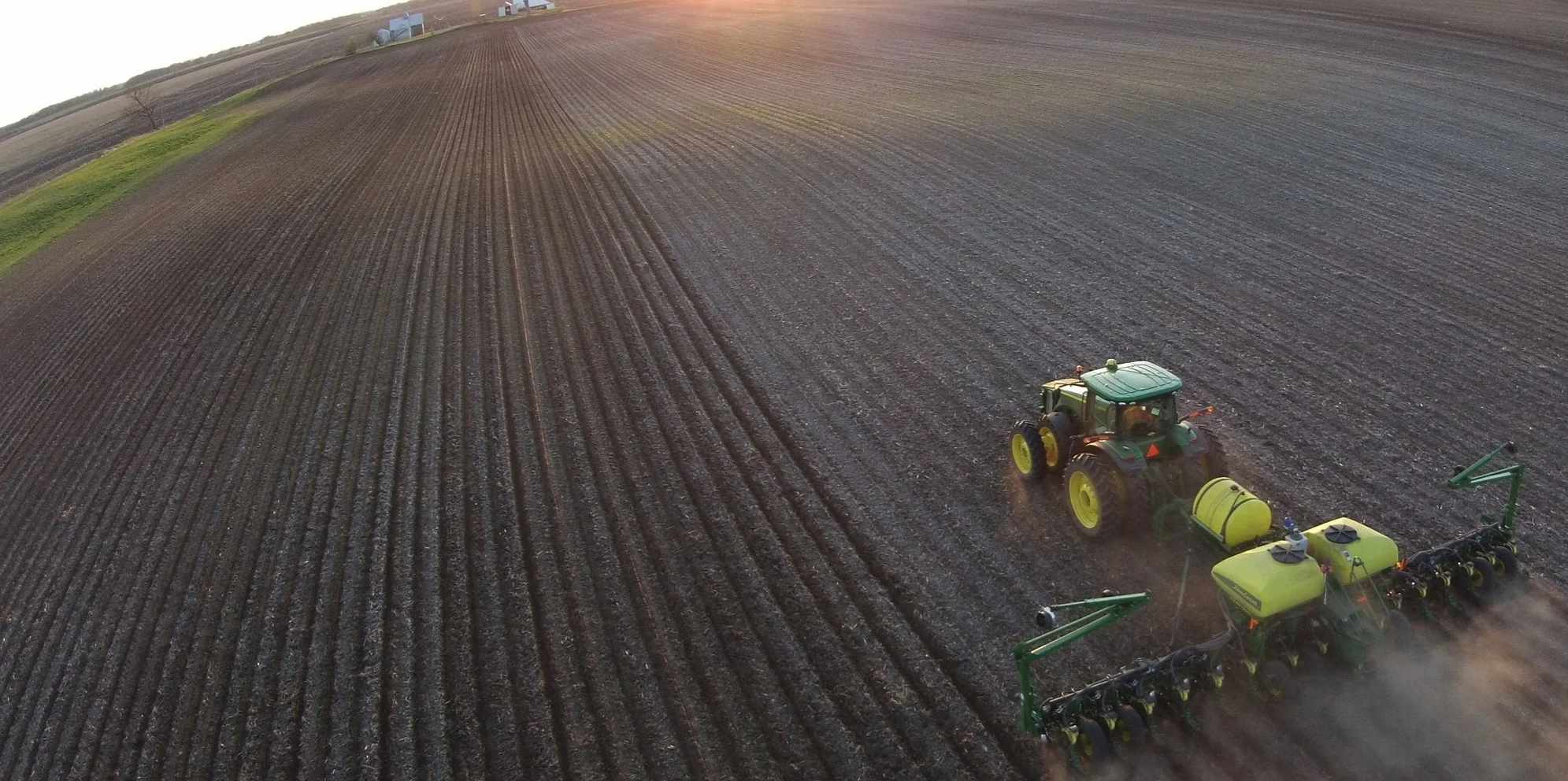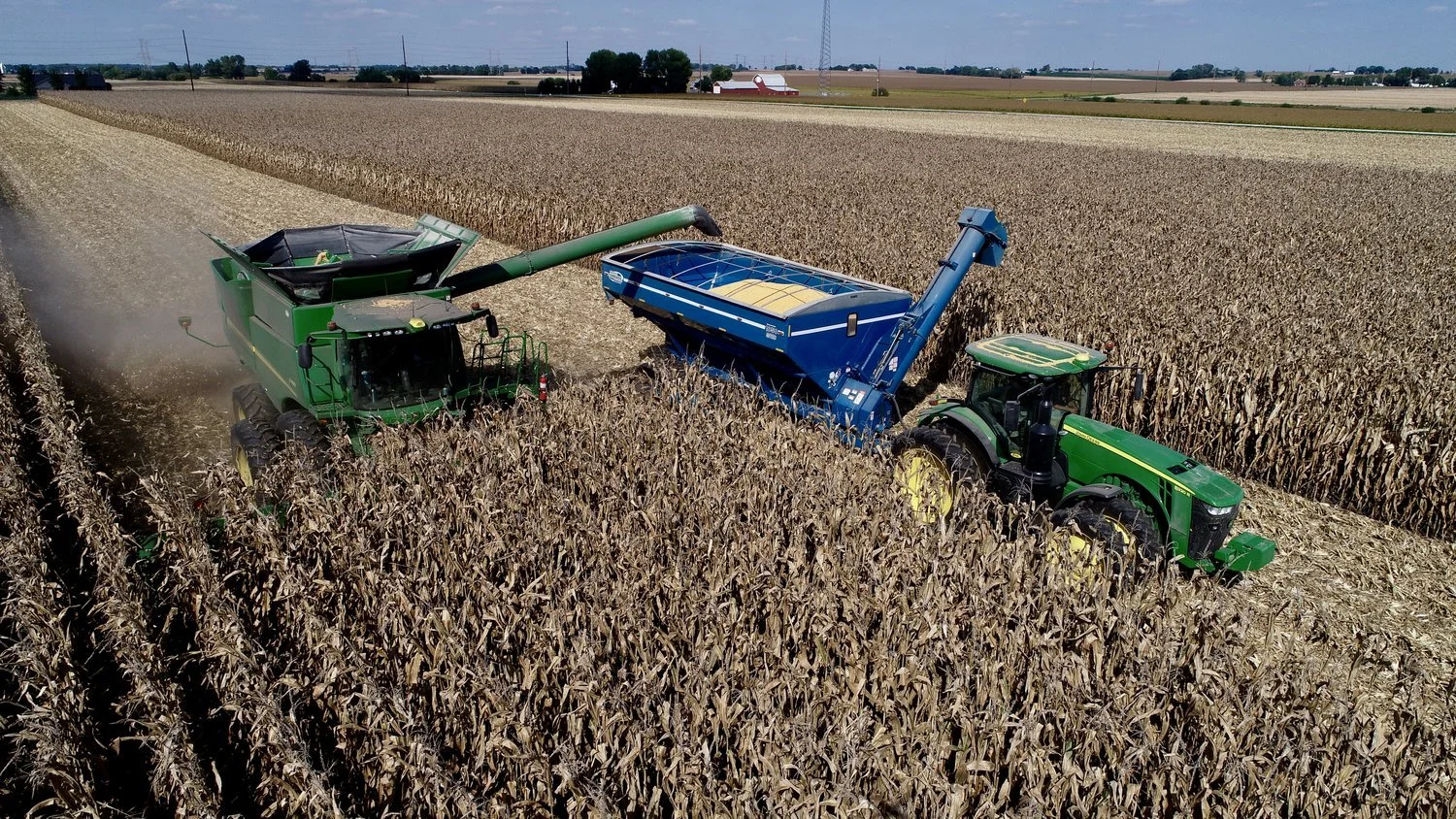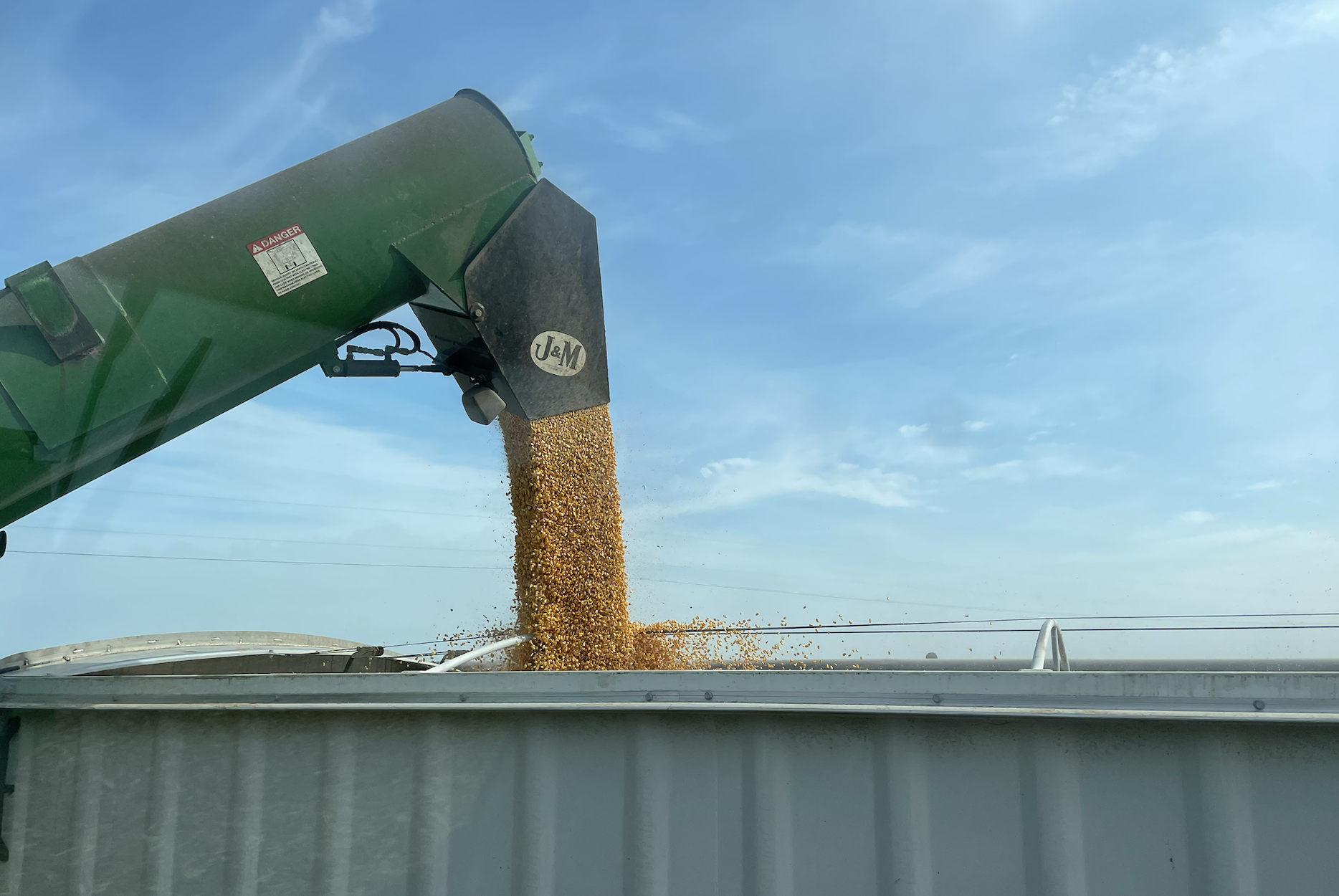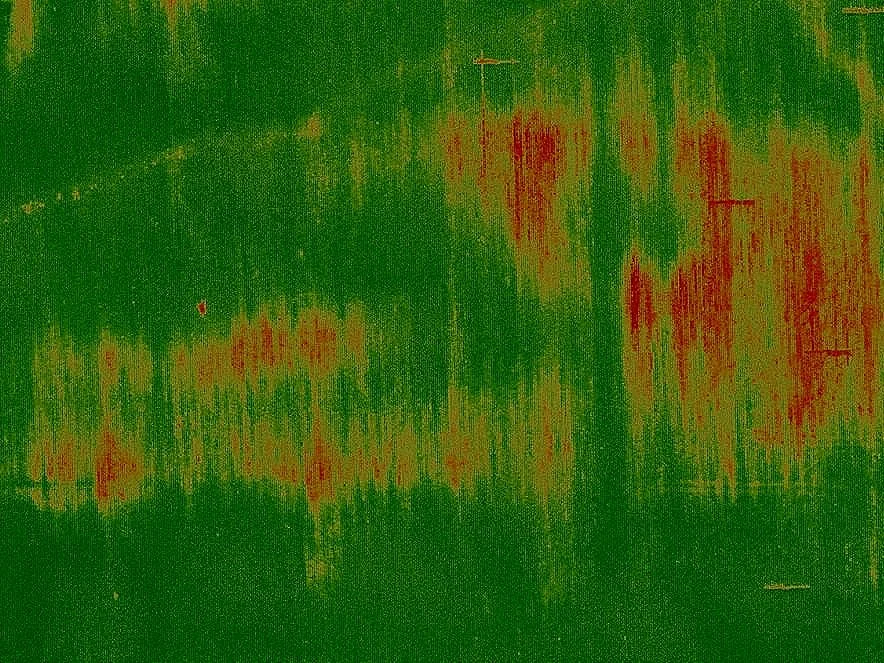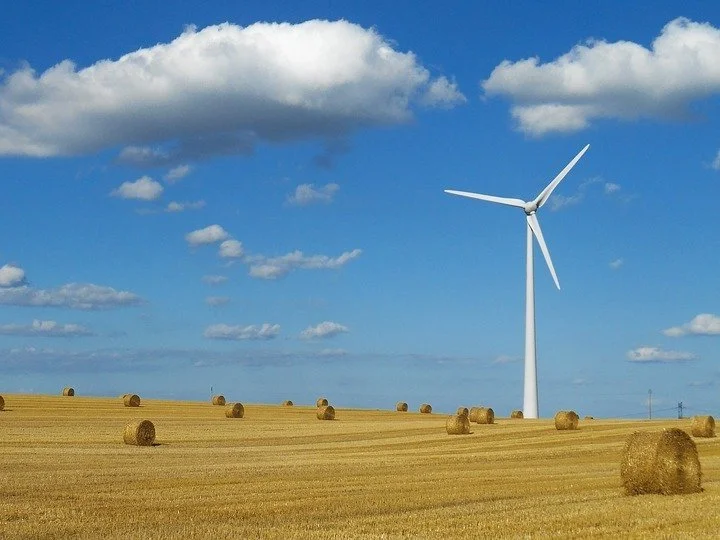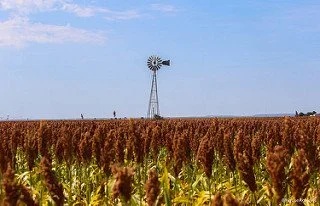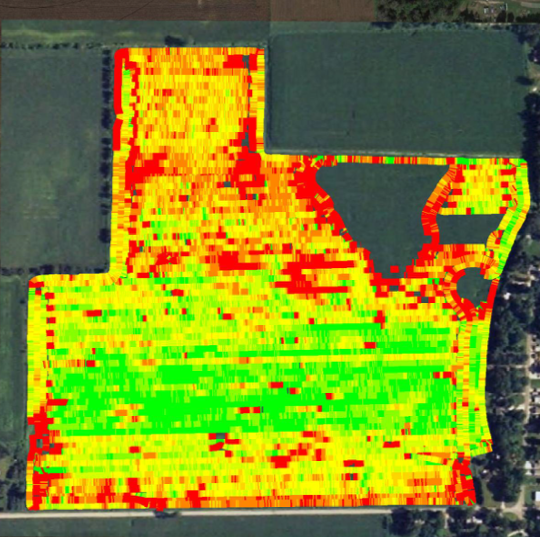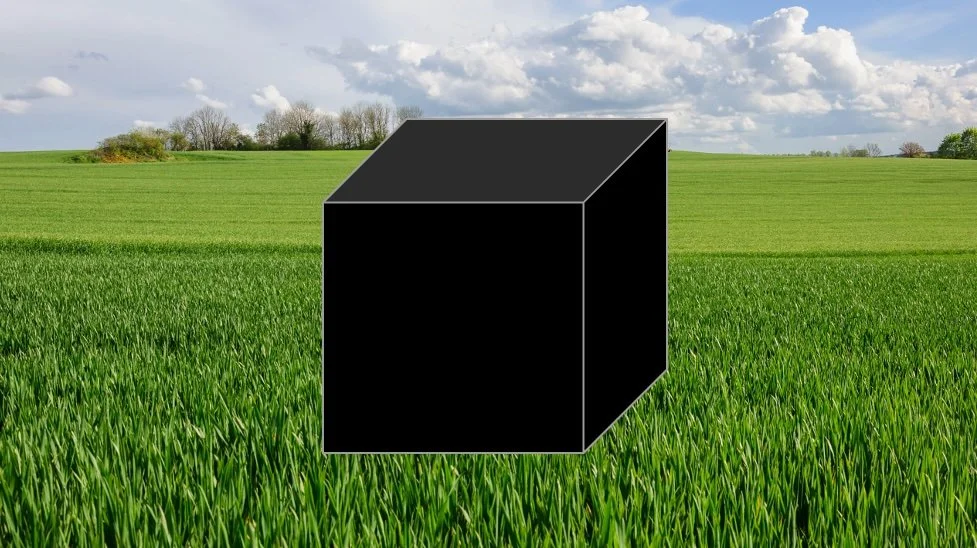Farm Emissions and Carbon Math
/I recently have been talking to farm groups about how farmers can generate and sell carbon credits by building up carbon in their soils. I always start this discussion by explaining that a carbon credit can be generated for each additional metric tonne of carbon dioxide (CO2) that a farmer can cause to be stored (sequestered) in soil. For reference, one metric tonne is 2,205 lbs. or about as a really small car. A Fiat 500, for example, weighs about 2,300 lbs without a driver. So how much C02 is generated by typical activities, like driving, flying, and farming?
Driving. The EPA states that an average passenger vehicle generates 4.6 metric tonnes of C02 per year. If you want to be more accurate, you can visit the EPA’s website and calculate a specific vehicle’s emissions. My old 1999 Toyota Landcruiser generates 9.9 metric tonnes per year; a new 2022 Ford F-150 generates 6.8 tonnes; and the fuel efficient Toyota Prius generates 2.6 tonnes (all assuming 15,000 miles/year mixed highway/city driving). So to offset the emissions from these fossil fuel burning vehicles, you could purchase the equivalent number of carbon credits from a reputable source. Thus, I would need to buy 9.9 carbon credits to offset the emissions from my Landcruiser for one year. One takeaway here is that newer vehicles are often far more efficient than old ones (new F150 is also more powerful than my old Landcruiser).
Flying. The last time I purchased a flight on a commercial airline, I had the option of purchasing a carbon offset for the airplane “tailpipe” emissions. According to American Airlines, my 10-12 hours of travel roundtrip from Indianapolis, Indiana, to Raleigh, North Carolina would generate 1.89 metric tonnes of C02 per passenger. To put that in perspective, that single round trip flight will produce nearly the same emissions as driving a Toyota Prius for an entire year.
The American Airlines offset also put a price on what it would cost to buy a carbon credit today. The cost on the American website was $7.60 per metric tonne. To buy carbon offsets for the roundtrip would cost me $14.36. (The cost to offset the emissions from the Toyota Prius for an entire year would be $19.76).
Farming. These examples had me wondering how much CO2 farm equipment typically produces. Fortunately, New Holland has an online calculator that allows you to roughly estimate CO2 emissions from its tractor. For example, a modern 300 horsepower Tier 4 tractor operated for 200 hour per year would generate 51,950 lbs of CO2 per year. In metric tonnes, that equals 23.5 tonnes per year. (An older pre-DEF tractor can be calculated on the website too, and not surprisingly, is much worse). A farmer with the modern 300 hp tractor could offset his or her emissions by purchasing 23.5 carbon credits for $179.06 (at today’s price).
So what does this all mean? First, airplane emissions are enormous when compared to diesel and gasoline powered machinery and vehicles. Second, from an environmental standpoint, business decreasing CO2 emissions can create just impact those sequestering existing atmospheric CO2. While many companies are willing to pay farmers to sequester carbon in soil, similar offsets could be achieved by paying farmers to upgrade their equipment to more efficient models.
If someone is willing to pay me to replace my old Landcruiser with a new SUV, please contact me at the number below and I’ll gladly throw in all rights to the emission offsets.

